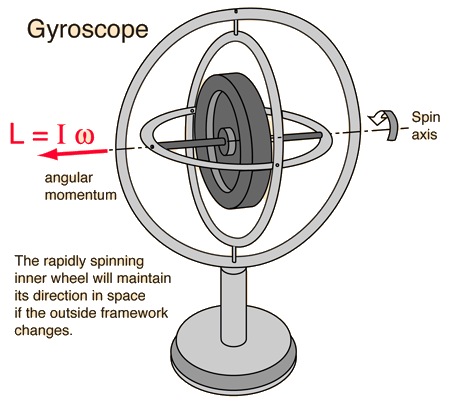Flywheels are common energy storage devices, used in stationary applications as well as mobile such as in busses and racing cars. The energy is stored in what is essentially an electro motor, which is used to speed it up and which draws power as a generator, slowing the wheel down.
Turning a Fly wheel into a flytrain
ECN developed a concept that is similar to the flywheel, a flytrain of sorts, a system that has a large mass traveling around a circular track at high speed. The energy can be added and extracted just like in an electric car or train, by feeding power to the wheels to speed up, and braking ‘regeneratively’ and thereby slowing down. The cost of such system can be lower, up to 90% than alternatives, one assumes that is battery storage.

We think this is a great idea, the only thing is that once you have an enormous heavy train that runs around a track this track will have to be ultra stiff. It will warp and push out to the ground with tremendous force if the force of the wheels isn’t reflected back for a very high percentage.
The good news is : The design is simple and easy to understand
In a sense such a train would be like a gyroscope, which is a device with a spinning disk. A gyroscope resists movement of its axle, a property used in bicycles to keep them upright. Gyroscopes are used in planes to indicate its orientation relative to the ground. Three fast spinning disks in such devices will stay in exactly the same orientation no matter what moves the plane makes (they do drift eventually). What happens if you attach a giant gyroscope to the Earth?
The earth is itself a gyroscope
Either the Energytrain will lose energy because the earth spins and moves its virtual axis, or the Earth moves differently as a result of the forces from the device. The latter option may be remote, but measurable. Also the massive periodic forces may trigger earthquakes just like fracking, oil drilling and conventional gas well depletion does. There are a lot of instabile faultlines to trigger..
Best place to build : Hard Rock
These risks may turn out to be neglible, and there’s a big chance they can be made so by picking the right place to build. One could imagine a system in granite rock, a bit like the CERN particle accelerators, something that would be possible under New York for instance. The rock would ensure minimal loss of energy as the mass would circle the track. People could feed power into it and draw from it at will, it would be the New York Circular Buffer. In Dutch swampy soil it would be harder to make this concept work, perhaps dug deep into the sand it could but you can imagine the tube wiggeling it’s way through it over time..
It’s a great concept, but let’s hope it won’t eventually make Earth travel in a straight line!
